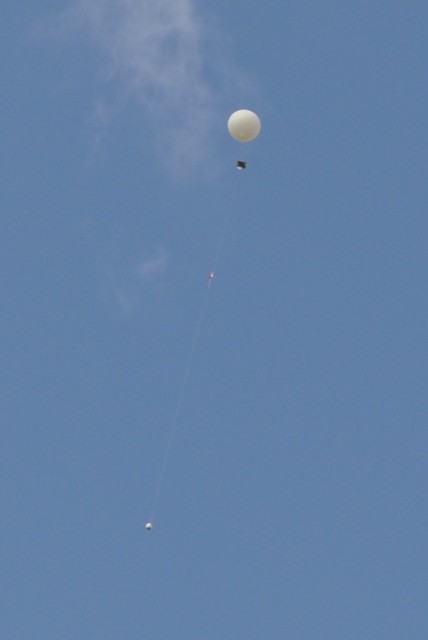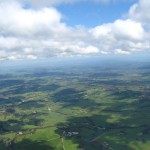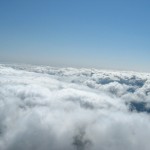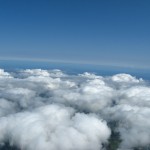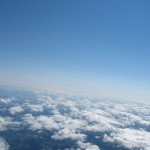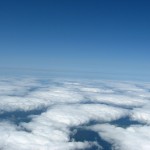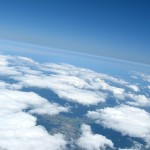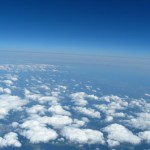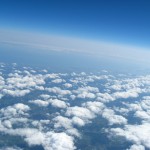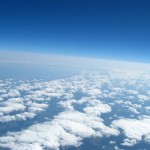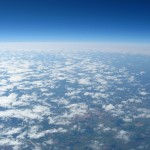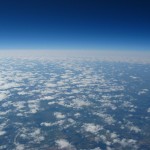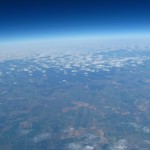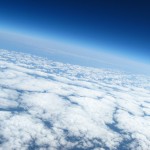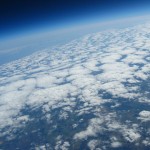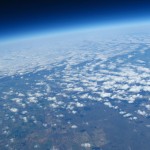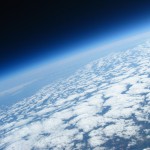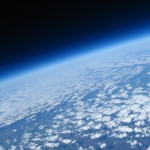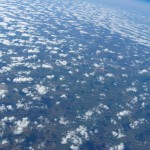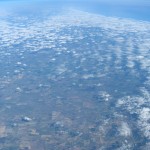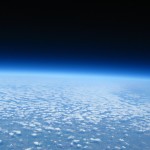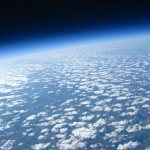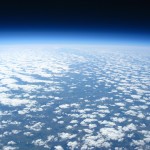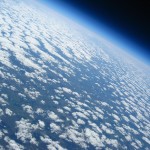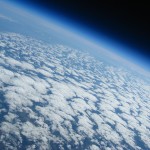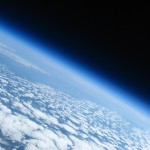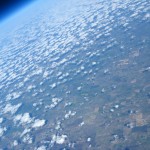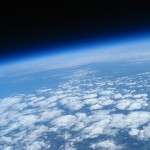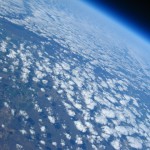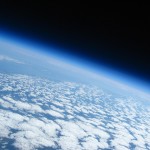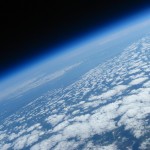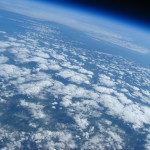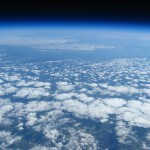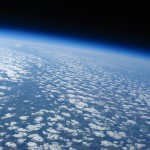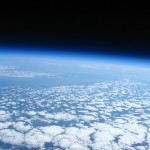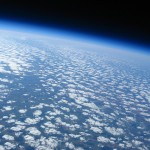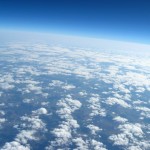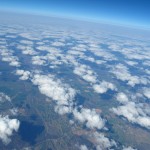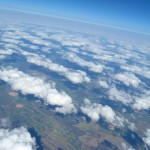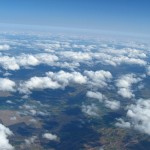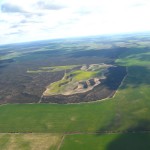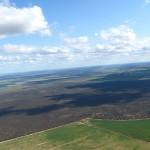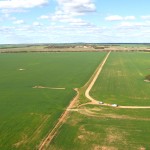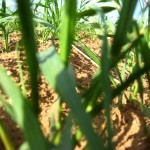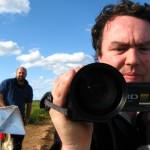Horus 7
Technical information:
| Launch date | 29/8/2010, 12:07pm |
| Landing date | 29/8/2010, 15:09pm |
| Flight duration | ~ 3 hours |
| Launch site | -35.1018, 138.8248 |
| Landing site | -34.8044, 140.8756 |
| Flight path | Web, KMZ |
| Distance travelled |
190.2 km |
| Maximum altitude | 35,354 m |
| Average ascent rate | 4.5 m/s |
| Impact speed | 5 m/s (18 km/h) |
| Payload weight | 500g |
| Flight computer | Nut 1.1 flight computer |
| GPS module | Falcom FSA03 |
| Radio transmitter | Radiometrix NTX2 25mw |
| Still Camera | Canon a560, CHDK |
| Video Camera | eBay spy video camera (provided by VK5ZBR - thanks!) |
| Telemetry | 300 baud RTTY, CRC16 checksum |
| Tracking | Ground stations (distributed listener), 3 chase cars, web based tracke |
Details:
Horus 7 was the first payload I had flown with a camera (asides from Horus 5/SARP) since my first launch. The goal was to address the issues we'd encountered in the first launch - namely the condensation which formed on the inside of our lenses.
I'd also moved away from having my camera controlled by the onboard flight computer - instead I used a Canon camera running CHDK, an open source firmware modification supporting scripts. The camera was configured to take a photo every 7 seconds for the duration of the flight.
Launch:
Much like the day before, launch conditions were good. The wind had picked up slightly which meant we did most of our filling in Graham VK5GH's shed to keep out of the wind, but no issues were encountered.
Asides from the launch team (Mark & I), we had 2 other chase cars, which were starting the day at Younghusband. Once inflation was done, the balloon was tied up to the fence until we'd notified everybody we were launching, and then Graham VK5GH did the honours.
Flight:
Horus 7 maintained a good ascent rate of approx 4.5m/s throughout the flight. The jetstream was slightly stronger than the previous day, the payload travelled in excess of 150km/h at times.
Our telemetry systems worked well, though we were concerned to see the internal temperature fall below -20 degrees Celcius. This did not seem to affect too much, asides from slightly affecting our telemetry's carrier shift - this did not cause any issues though.
After burst it looked almost certain that the payload would land east of the Victorian border in a large national park, making recovery quite difficult. Fortunately the gods were smiling upon us and the payload ended up coming down about 5km west of the border - Mark and I were racing to get into position, but ended up on the wrong side of a paddock - the payload came down about 1km away from us, though still in view.
Our other chase cars however had managed to get into position to catch the balloon coming down, and Grant VK5GR captured this excellent footage:
Photos:
As we'd hoped, the onboard camera was still running despite the cold, and was full of amazing shots - over 2000!В Some of the highlights are below:
- Earth from 35km, captured by Horus 7

